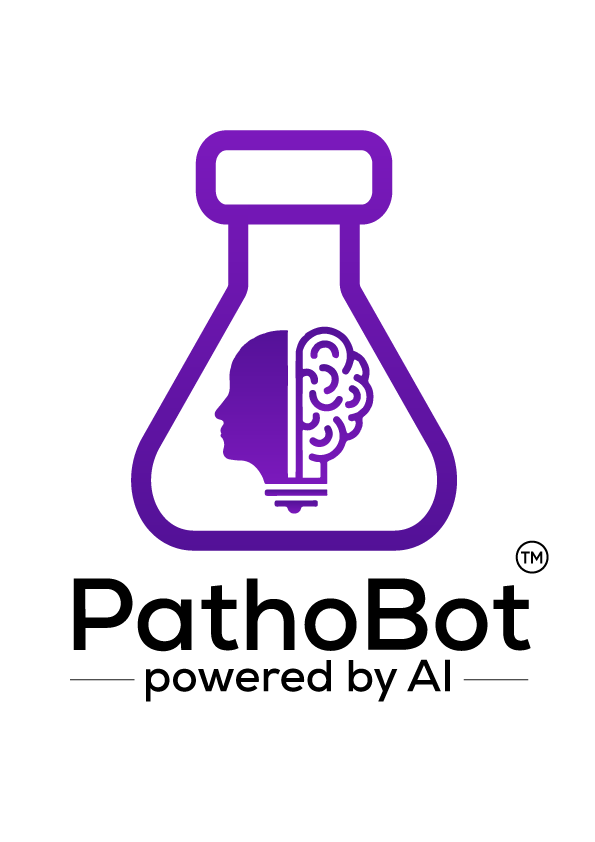Introduction:
Pathology, the branch of medicine that focuses on the study of diseases, is continuously evolving with advancements in technology and scientific research.
As we move forward, emerging trends and technologies are revolutionizing the field of pathology, offering new avenues for disease diagnosis, treatment, and research.
In this article, we will explore some of the most notable emerging trends and technologies in pathology, highlighting their potential impact on healthcare and patient outcomes.
- Artificial Intelligence (AI) and Machine Learning:
Artificial intelligence and machine learning have made significant contributions to the field of pathology. AI algorithms can analyze large datasets, including digital pathology images and molecular profiling data, to identify patterns, predict disease outcomes, and assist in diagnosis.
Machine learning models can learn from vast amounts of data, improving accuracy in identifying disease characteristics and guiding treatment decisions.
AI-powered tools are also being developed for automated image analysis, helping pathologists detect subtle changes and streamline the diagnostic process.
- Digital Pathology and Telepathology:
Digital pathology, as mentioned earlier, involves digitizing glass slides and storing them as high-resolution images. This technology enables remote access, collaboration, and consultation among pathologists worldwide.
Telepathology allows for virtual communication and real-time consultations, overcoming geographical barriers and providing access to expertise in underserved areas.
Digital pathology also facilitates automated image analysis, data sharing, and integration with AI algorithms, leading to improved efficiency, accuracy, and quality assurance.
- Next-Generation Sequencing (NGS):
Next-generation sequencing technologies have revolutionized genomic research and personalized medicine. In pathology, NGS enables comprehensive analysis of genetic mutations, gene expression patterns, and genomic alterations associated with various diseases, including cancer.
It aids in the identification of potential therapeutic targets, prediction of drug response, and monitoring of minimal residual disease. NGS also contributes to precision medicine by guiding treatment decisions based on an individual’s unique genomic profile.
- Liquid Biopsies:
Liquid biopsies are non-invasive tests that analyze circulating tumor DNA (ctDNA) or other biomarkers found in bodily fluids, such as blood or urine. These tests provide valuable information about tumor genetic mutations, disease progression, and treatment response.
Liquid biopsies are particularly useful in monitoring cancer patients during treatment, detecting minimal residual disease, and assessing the emergence of drug resistance. They offer a less invasive alternative to traditional tissue biopsies and enable real-time monitoring of disease dynamics.
- Digital Image Analysis and Quantitative Pathology:
Advancements in digital image analysis and quantitative pathology are transforming the field of pathology. These technologies employ sophisticated algorithms to analyze digital images, extract quantitative data, and provide objective measurements of various cellular and tissue characteristics.
They help pathologists identify biomarkers, assess disease progression, and predict patient outcomes. Digital image analysis and quantitative pathology also contribute to standardization, reproducibility, and quality assurance in diagnostic practices.
- Integration of Multi-Omics Data:
Integrating multi-omics data, including genomics, transcriptomics, proteomics, and metabolomics, offers a comprehensive understanding of disease mechanisms.
Pathologists can analyze these multi-dimensional datasets to identify novel biomarkers, discover disease subtypes, and uncover therapeutic targets.
The integration of multi-omics data with clinical and pathological information enhances disease diagnosis, prognosis, and personalized treatment strategies.
Conclusion:
Emerging trends and technologies are reshaping the landscape of pathology, paving the way for more accurate diagnoses, personalized treatment plans, and improved patient outcomes. Artificial intelligence, digital pathology, next-generation sequencing, liquid biopsies, digital image analysis, and multi-omics integration are just a few examples of the transformative advancements in the field.
As these technologies continue to evolve, pathologists will be equipped with powerful tools to unravel the complexities of diseases, accelerate research, and provide more targeted and precise care to patients. The integration of these emerging trends and technologies holds immense promise for the future of pathology and healthcare as a whole.

